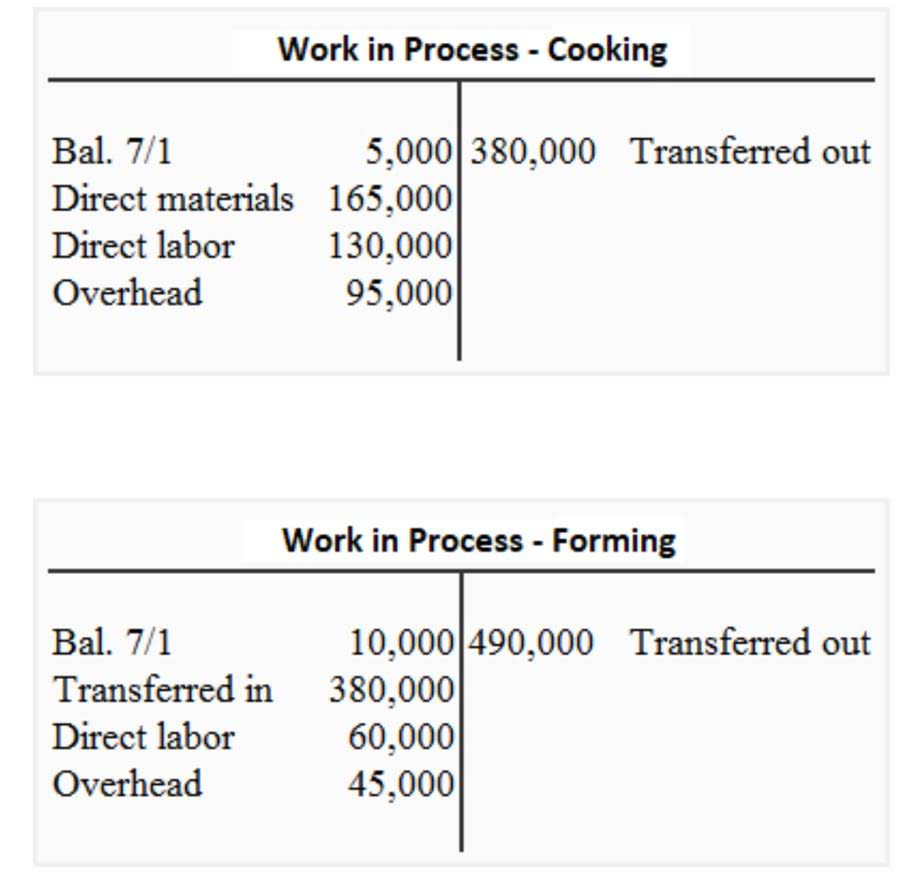
Public finance, which encompasses the budgeting and expenditure processes of government entities, is an area where encumbrances are particularly prevalent. Encumbrance accounting in public finance also promotes transparency and accountability, as it allows citizens to see where funds are being committed in advance of actual spending. Encumbrance is the process of setting aside funds for expenses that are legally obliged but haven’t been paid yet.
Improved planning
They remain in this state until the encumbrance accounting transaction is completed and the money is disbursed, at which point the encumbrance is lifted, and the funds are expensed. This practice ensures that there is no overspending and that funds are available when needed for their intended use. Encumbrance accounting primarily allows nonprofits and government organizations to record and monitor all future and planned expenses. Encumbrance accounting acts as a budgeting tool, resulting in more effective planning, allocating, and controlling their budgets. Encumbrance accounting is also referred to as commitment accounting, which involves setting aside money ahead of time to meet anticipated expenses.
Pre-encumbrance

Each type of encumbrance is meant to protect parties and specify exactly what each claim entails. It is important for buyers of real estate to be aware of any encumbrances on a property since these will often transfer to them along with ownership of the https://www.bookstime.com/articles/gross-profit property. In Balance Reports, encumbrances can be toggled on or off to reflect available balances.
Implementing AP automation for budget control
A negative easement allows the party that possesses the easement to stop certain actions as defined by the easement. For example, a neighbor may have the right, based on agreement with the property owner next door, to prevent that owner from mowing their lawn on certain days of the week. An easement refers to a party’s right to use or improve portions of another party’s property, or to prevent the property owner from using or improving the property in certain ways. There are a various types of encumbrances, especially when it comes to real estate.
Accurate expenditure control
It also aids in the management of cash flow, as financial officers can plan for the timing of cash requirements based on the schedule of encumbered amounts being released. As a business owner or accountant, it is crucial to have a clear understanding of encumbrance accounting. This accounting method helps you track and manage your financial commitments, ensuring that you have enough funds to cover future expenses. In this article, we will delve into the definition of encumbrance accounting and explore how to effectively record and manage encumbrances.
- It is important for buyers of real estate to be aware of any encumbrances on a property since these will often transfer to them along with ownership of the property.
- However, according to GAAP, outstanding encumbrances in the year-end are not considered expenditures for the fiscal year.
- As such, it’s important to examine how encumbered amounts affect overall financial health and operational stability.
- It is important to categorize these accounts appropriately to ensure accurate tracking and reporting.
- Other encumbrances, such as zoning laws and environmental regulations, do not affect a property’s marketability but do prohibit specific uses of and improvements to the land.
- The term “encumbrance” covers a wide range of financial and non-financial claims placed on a property by parties other than the title-holder.
The department will see a transaction that will appear under their Actuals (AC), separate from their Encumbrance (EX/IE/CE) debit/credit transactions. After the vendor accepts the purchase order and delivers the goods or services, the purchasing organization becomes liable to make the https://x.com/BooksTimeInc payment. When an organization creates a new purchase order or adds a new line item to an existing purchase order, the new items are encumbered to the journal. An entry is made in the journal with a debit to the encumbrance account and transferred to the general ledger.

When tracking your transactions and expenses, it is crucial to reflect your cash flow on your general ledger accurately. Vital analysis, reports, and audits are based on the cash outflow and journal entries tracked by accounting, making accurate tracking much more than a simple general planning tool. Financial statements indicate how budgetary resources are allocated to payment commitments before the actual expenditure incurs with encumbrance accounting. Effective encumbrance accounting is essential for financial planning and budgeting. It provides businesses with a clear picture of their future financial obligations and helps them make informed decisions regarding resource allocation. By accurately recording and tracking encumbrances, businesses can avoid overspending and ensure that they have enough funds to cover their commitments.

Demystifying Encumbrance Accounting: Definition And Recording
A restrictive covenant is an agreement that a seller writes into a buyer’s deed of property to restrict how the buyer may use that property. For example, there might be a provision that requires the buyer to leave a building’s original facade intact. As long as they do not break the law, restrictive covenants can be as specific and arbitrary as the parties involved are willing to agree to. A lease is an agreement whereby someone rents a property for an agreed-upon rate and period of time. It is a form of encumbrance by which the lessor (landlord) does not give up title to the property, but their use of the property is significantly constrained by the lease agreement.


